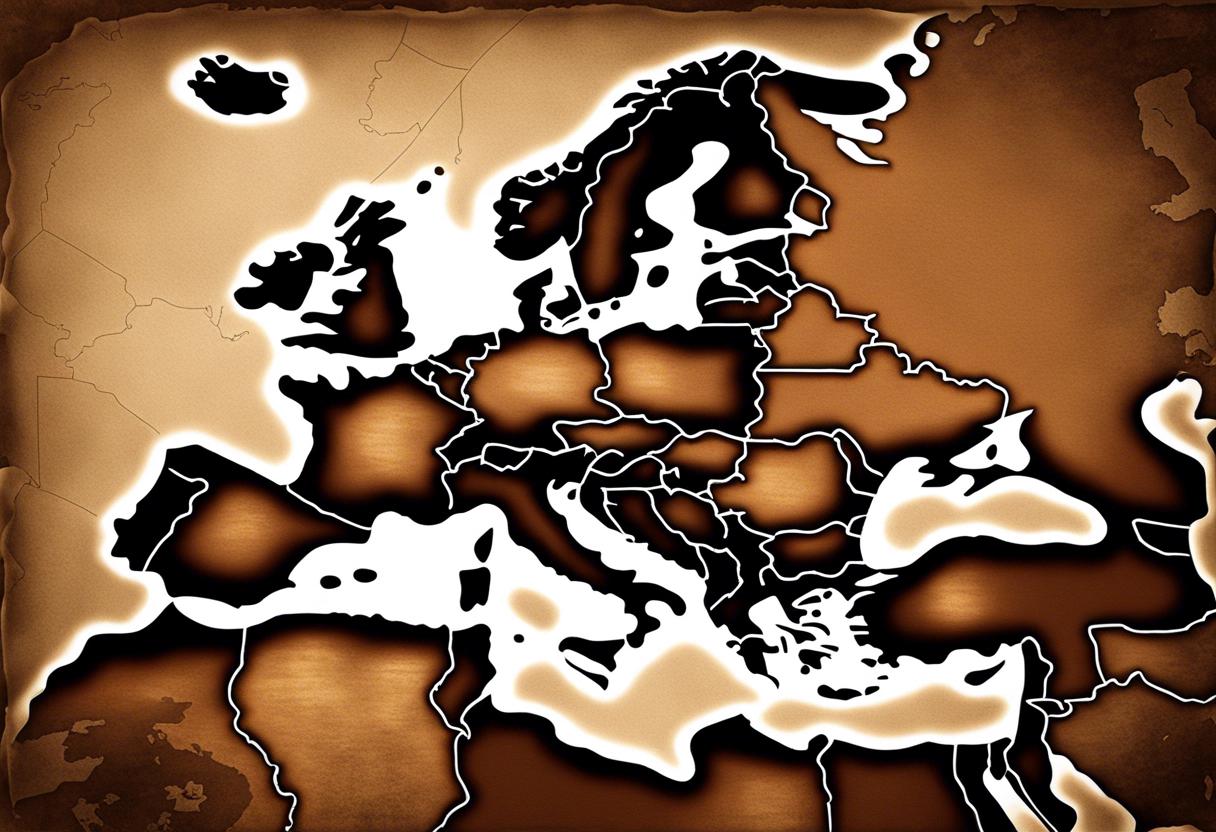Over a century ago, the inception of the First World War was marked by the murder of Archduke Franz Ferdinand in Sarajevo. However, knowledge and understanding of the Eastern Front of this global conflict remains limited in the Western world. In the sphere of English literature, the focus has primarily been on the Western Front, with secondary attention to conflicts in Turkey and the Middle East, these regions being the battlegrounds for the British Empire and the United States.
Nick Lloyd’s ‘The Eastern Front’ offers an unprecedented English-language investigation into the Eastern theatre of the war, the first comprehensive single-volume work since Norman Stone’s 1975 publication. This significant tome serves as a counterpart to Lloyd’s ‘The Western Front’, which was released in 2021. ‘The Eastern Front’ stretches over 600 pages in length, a fitting reflection of a front line that spanned from the Gulf of Finland to the Adriatic Sea. Given the intricate complexities of the Eastern Front, the volume is necessarily expansive.
In contrast to the static Western Front, where lines remained largely unvarying for three and a half years, the Eastern Front was characterised by fluid movement. Battles on this front were gargantuan, as were the casualty numbers, with two and a half million Russians and a million from the Habsburg Empire among the total.
In ‘The Eastern Front: A History of the First World War’, Nick Lloyd offers a detailed and engaging account. The three primary nations involved – Germany, the Austro-Hungarian Empire, and the Russian Empire – all suffered defeat. As has been extensively detailed in other works, to safeguard the blossoming Bolshevik revolution, the Russian Empire withdrew from the conflict. In the March 1918 Treaty of Brest-Litovsk, the empire relinquished claims to 40% of its populace, as well as its Polish territories. This treaty was short-lived, lasting only six months before Germany faced defeat on the Western Front. The multi-ethnic Austro-Hungarian Empire, exhausted by the War, sought peace and was dismantled following the conflict’s conclusion.
Italy was initially meant to be within the Central Powers, yet chose to join the Allies in 1915. The purpose of this move was to pursue territories within the Austro-Hungarian empire, inhabited by ethnic Italians, found in its mountainous northeastern regions. Lloyd’s book portrays numerous villians, one notably being Luigi Cadorna, the ruthless Italian chief-of-staff. Cadorna repeatedly ordered his soldiers to cross the Izonso river in order to confront Austro-Hungarian forces which culminated in a series of 12 battles during the war.
The final conflict, known as the Battle of Caporetto, took place in October and November 1917 and ended catastrophically with Italian forces retreating. Despite this, Cadorna arrogantly defended his actions, stating, “I don’t care if others bring me down, I know what I’m worth.” Italy had sacrificed half a million soldiers by the end of World War I, but unfortunately, reaped no significant territorial rewards, even while being on the victorious side. Consequently, this provided an opportune platform for Benito Mussolini to ascend to power.
The abdication of the Russian Empire established a momentous event within the Eastern Front. Tsar Nicholas II’s decision to mobilise and intensify the conflict in August 1914 escalated a regional dispute between Serbia and the Austro-Hungarian empire into a full-blown international war. The causes and effects of the Russian Revolution have been elaborated in various book iterations.
In Lloyd’s depiction, he expounds the profound effects of battlefield outcomes on the toppling of the Tsar and the subsequent missteps of the provisional government. The leader of the provisional government, Alexander Kerensky, initially had some success in urging Russian soldiers to protect the revolution. However, the courage of the soldiers waned due to lacking supplies and turmoil within their homeland, resulting in their defection and subsequent pursuit by German and Austro-Hungarian troops.
Lessons from this defeat weren’t lost on Vladimir Lenin. Upon gaining control in the October Revolution, Lenin immediately opted for peace. His representative, Leon Trotsky’s initial refusal to negotiate with the Germans led to a policy of “neither war nor peace”. However, the Germans were not to be kept waiting and resumed battles, moving ever closer to Petrograd, the capital, located just 150 miles away.
When presented with the option of relinquishing control over vast portions of his nation or giving up his revolution, Lenin undoubtedly selected the first choice by sending an unconditional plea for peace. This decision proved beneficial for him and his Bolshevik allies, but had dire consequences for the rest of the populace. This action was the correct one in retrospect.
The inaugural Ukrainian state came into existence amid the disorder of the first World War; it was declared in January 1918. Although its existence was brief and the nation eventually became a part of the Soviet Union, it laid down a crucial framework for the future, independent country that it would transform into in 1991. Author Lloyd alludes, in his introduction, to the significant influence of historical events on these territories; however, his exploration of Ukraine’s evolution in his book is disappointingly brief and lacks depth about how World War I directly impacted the ongoing conflict.
Barring this game, the book can be considered a comprehensive work, penned by a highly acknowledged military historian. His third and last book, focusing on the Middle East and Turkey campaigns, is something that readers who have appreciated his first two books, are eagerly looking forward to.

